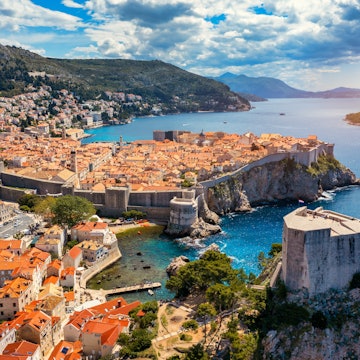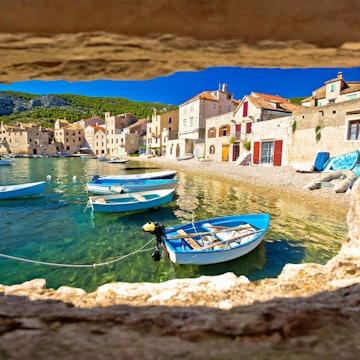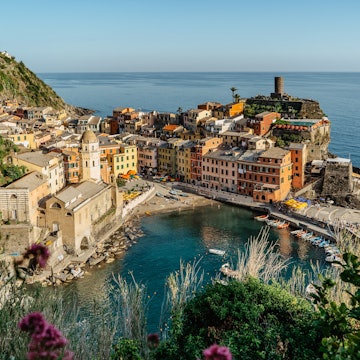
Croatia is an outdoor paradise, on and off the coast
Sponsored by

Oct 30, 2023 • 6 min read
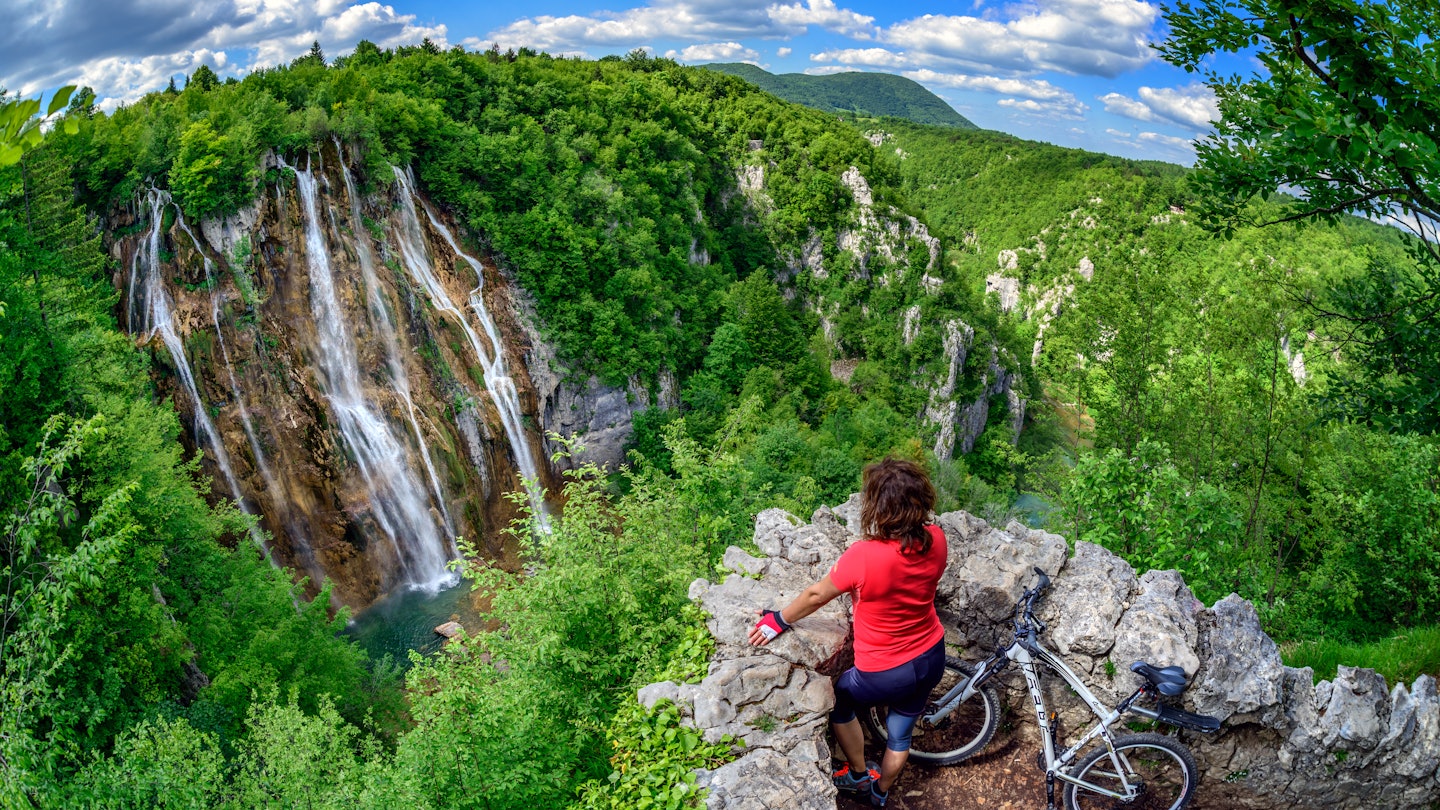
From striking shorelines, cozy coves, dreamy forests, and woodsy lakes – to mighty islands, rugged mountains, rushing rapids, and tumbling waterfalls – the scenery of Croatia is so varied there are year-round options for adventure © Aleksandar Gospic / CNTB
An island-speckled coastline and ancient walled towns place Croatia among the world’s best-known destinations and a bucket-list experience second to none. But there’s even more to this wild, sustainable, and authentic country just begging to be explored. Come with us as we take in the sun and sea, and explore more of the exciting natural wonders and activities awaiting those who are willing to get off the beaten path.
From striking shorelines, cozy coves, dreamy forests, and woodsy lakes – to mighty islands, rugged mountains, rushing rapids, and tumbling waterfalls – the scenery of Croatia is so varied there are year-round options for adventure. As impressive as the landscape is, it’s matched by a commitment to conservation. A sizable chunk of these pristine pockets of nature is protected – Croatia has eight national parks and 12 nature parks, covering more than 10 percent of the nation.

Dubrovnik: A unique view of history
In Dubrovnik, Croatia’s “pearl of the Adriatic” made even more famous for its appearance in Game of Thrones, walking the ancient city walls is an outdoor adventure in itself. From the top, the view over the old town and the shimmering Adriatic is sublime. However, walking the walls is a popular attraction – for a more intimate experience, get here early in the morning and enter through the less-crowded Buža or Ploče Gates; the Pile Gate is by far the busiest.
For an even more thrilling way to see the old town, sign up for a kayaking tour and marvel at astonishing sunsets over these monumental fortifications that have guarded the city for more than 500 years. The gorgeous coastline of Croatia is perfect for alfresco adventures, especially from May through October. With its crystalline waters and stellar water quality, a swim is irresistible. Both the mainland and the islands are lined with beaches and swimming spots of dizzying variety. Look out for spiky sea urchins that live in the shallows, or wear water shoes.

Heading north: Off-the-radar adventures
Leaving Dubrovnik, head north toward Split – but don’t be afraid to explore. The area between these two hubs is full of adventure. There are hundreds of beaches along the coast – strips of pebbles, serene bay hideaways, and remote coves you need to hike to – truly a beach for each. Water temperature hovers around a pleasant 68 degrees (20°C) from June through October.
The delta of the Neretva River valley is full of lush landscapes and mandarin plantations. In addition to being gorgeously fertile and just plain pretty, Neretva is also a stellar spot for windsurfing and kiteboarding. You can easily spend a day swept by winds here.

When you’re back on the road, another worthwhile stop is the Makarska Riviera. Check out the spectacular Brela beach, perfect for unwinding, or scale the soaring Biokovo mountain that rises above the coastline and hike one of the trails crisscrossing Biokovo Nature Park. While up high, be wowed by marvelous vistas from the horseshoe-shaped Biokovo Skywalk, a steel-and-glass viewing platform that hovers dramatically above sharp cliffs and provides astounding panoramas of the Adriatic Sea.
While these mountains may look accessible at first sight, don’t underestimate them. Always check the weather before heading up and make sure to wear proper shoes (no flip-flops up and down these hills).

Split and around: Thrills and relaxation
Just before you reach the city, stop for a day of adventure on the roaring rapids of the Cetina River near the town of Omiš. It’s about 30 minutes south of Split on the edge of a canyon where the Cetina drains into the sea. With the craggy Dinara Mountains as the backdrop, the area is an outdoor playground ideal for a rush of adrenaline, where you can go cliff jumping, rafting or canyoning.
After that, you’re ready for Split itself, the vibrant coastal stunner in Dalmatia, with its ancient Diocletian Palace, a UNESCO-protected gem, as the showcase. Try a game of picigin, a local water polo-like sport, on Bačvice, the city’s iconic beach. Then hop on a quick ferry ride to Brač Island, where the pretty town of Bol features the horn-shaped Zlatni Rat beach with its smooth golden pebbles. Swimming is tops here, as is windsurfing due to the steady summer wind called mistral (for beginners, mornings are the best time, before the wind has picked up).

Zadar and the Kvarner Gulf: Natural excitement
Further up the coast, spend some time in the coastal charmer of Zadar, with its mesmerizing Sea Organ sculpture that entrances visitors. It’s the best-kept secret on the adventure circuit of Croatia. This gateway to pristine archipelagos and rugged wilderness is just under an hour from Paklenica National Park, a dazzling trekkers’ paradise with karst canyons, remarkable gorges and a maze of alpine trails. Rock climbing is excellent on these hair-rising uphill routes that make you scramble up dramatic ascents.
For more serious and skilled adrenaline seekers, a patchwork of ridges, ravines and crests fill the coastline-hugging Northern Velebit National Park. Next up is the magnificent Kvarner Gulf, where you’ll have a choice of well-marked mountain biking routes, in woodsy Gorski Kotar, Učka Nature Park and the islands of Krk, Rab, Lošinj and Cres.

Inland Croatia: Waterfalls and wildlife
Further inland, the showpiece of Croatia’s national parks, Plitvice Lakes, deserves a detour for a wander through its exquisite water wonderland, with a string of turquoise lakes and rushing waterfalls amidst dense woods.
In fact, continental Croatia is a treasure trove of nature parks worth a visit. In the east of the country – the stunning but yet-to-be-discovered Slavonia – the floodplains of Kopački Rit Nature Park feature a profusion of birdlife and an Amazon-like vibe. Take a boat trip through its lakes and canals, looking out for white-tailed eagles, black storks and purple herons.
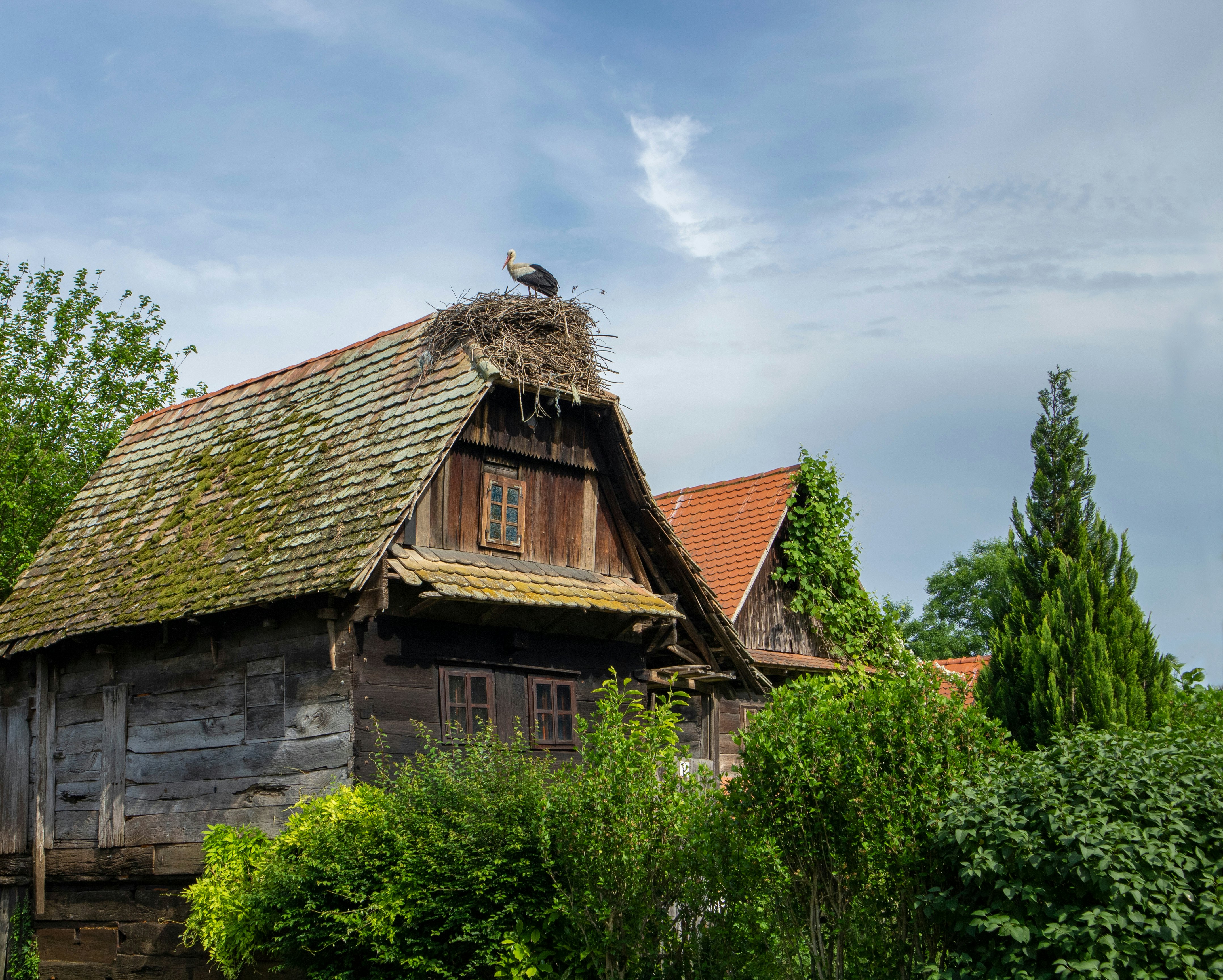
Right on the edge of Slavonia, in a region called Posavina, another nature park to roam is Lonjsko Polje, an expanse of tiny heritage villages set around a wildlife-rich swamp. The park is famed for its white storks that hang out here from late March through late August and nest atop the wooden houses in Čigoč village, known as a ‘stork meeting point’.

Istria: Rides, rails and underground rooms
In the very north of the Adriatic coast, the triangle-shaped peninsula of Istria features an array of outdoorsy activities. Guided underground jaunts tunnel through the shadowy depths of Pazin Cave – Inspiration for author Jules Verne. This 100m-deep abyss, through which the Pazinčica River sinks into subterranean passages forms three underground lakes.
Above ground, take a cycling adventure along the Parenzana Trail, which follows a former narrow gauge railway line. The Croatian portion of the trail stretches 50 miles (78km), and has become a popular way to enjoy the highlights of Istria, especially in spring and autumn. Afterward, go windsurfing off the Premantura Peninsula at the southernmost tip of Istria – but watch out for strong currents.
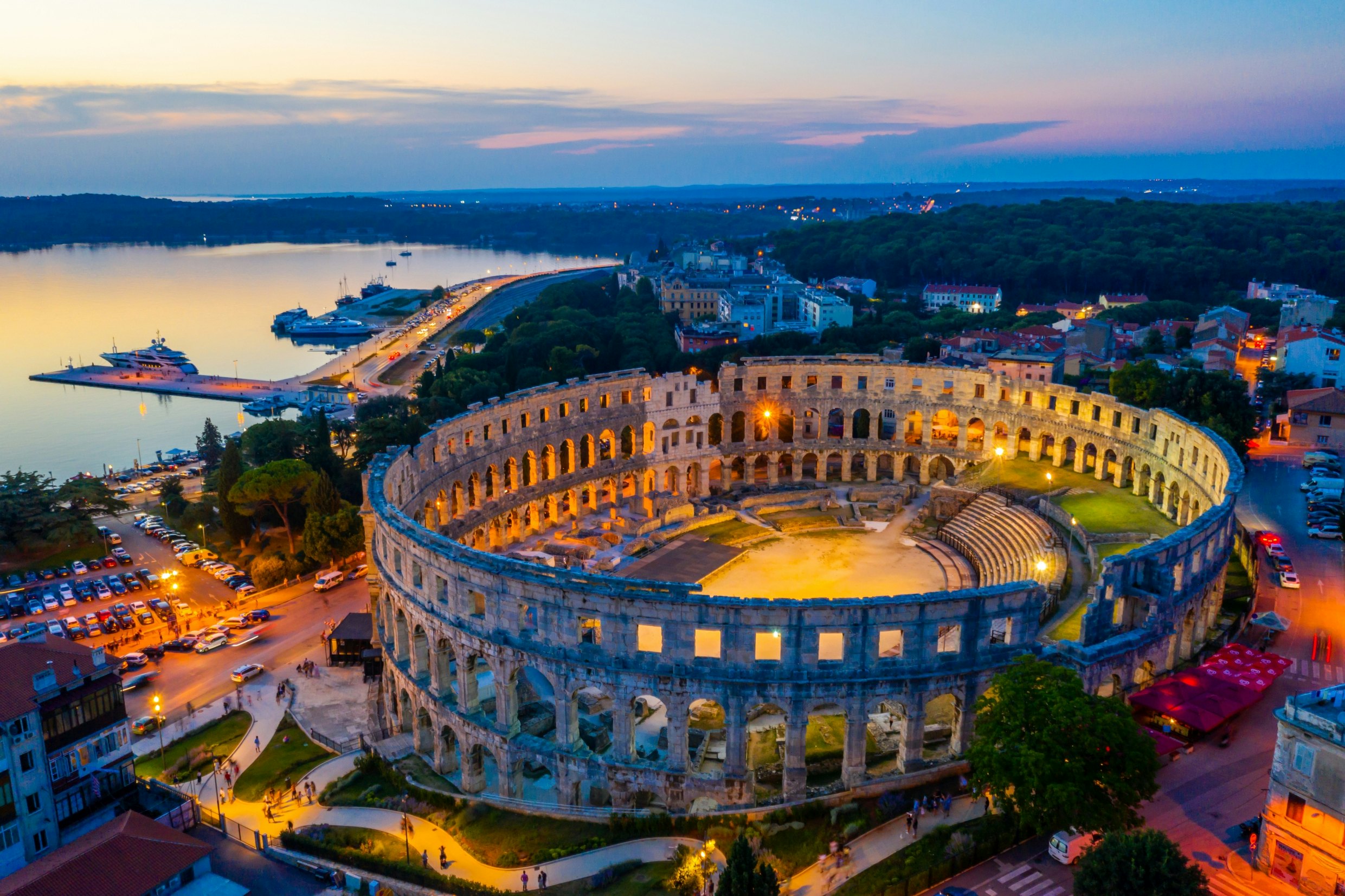
Make sure to weave in a visit to the coastal city of Pula and its Arena, the magnificently preserved Roman amphitheater dating back to the 1st century. It’s a perfect jumping-off point for all the adventures in the region – and the perfect place to reflect on the natural wonders that make Croatia so spectacular.
Sponsored by Croatian National Tourist Board
As a travel entertainment and inspirational media outlet, we sometimes incorporate brand sponsors into our efforts. This activity is clearly labeled across our platforms.
This story was crafted collaboratively between Croatian National Tourist Board and Lonely Planet. Both parties provided research and curated content to produce this story. We disclose when information isn’t ours.
With sponsored content, both Lonely Planet and our brand partners have specific responsibilities:
-
Brand partner
Determines the concept, provides briefing, research material, and may provide feedback.
-
Lonely Planet
We provide expertise, firsthand insights, and verify with third-party sources when needed.










